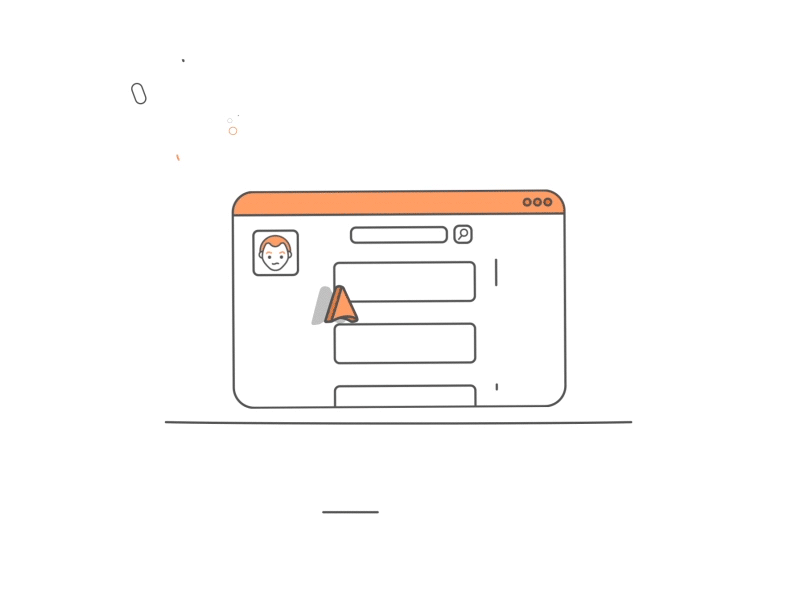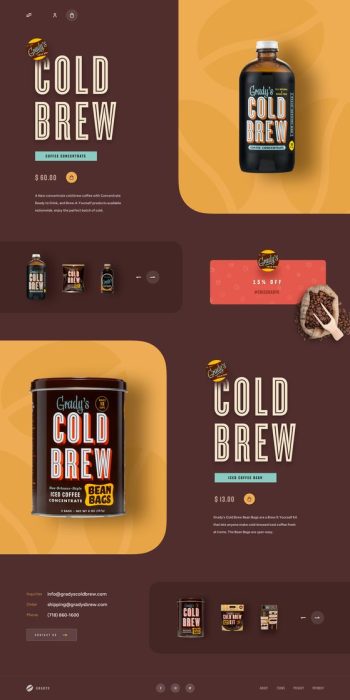Dynamic Website
Advantages
Less hassle to update More functionality
Dynamic (changing) content draws visitors back to site
Dynamic content helps in search engines
PHOENIX
What do you get in the package?
Domain | Theme | Hosting | SSL Certificate | 4 Email ID's | Responsive | Chat Bot | Social Media Integration
Static Website
In Static Websites, Web pages are returned by the server which are prebuilt source code files built using simple languages such as HTML, CSS, or JavaScript. There is no processing of content on the server (according to the user) in Static Websites. Web pages are returned by the server with no change therefore, static Websites are fast. There is no interaction with databases. Also, they are less costly as the host does not need to support server-side processing with different languages.
Dynamic Website
A Dynamic Website (also referred to as a database-driven site) requires web programming and database design. A dynamic website contains information and content that changes, depending on factors such as the viewer of the site, the time of the day, the time zone, or the native language of the country the viewer). The content of your site (text/images) is stored on a database or content management system. When the information is updated or changed within the database, it changes on the site.
When a user visits your site, data is passed to the server from the user’s browser. When a dynamic site is accessed, pages are generated on-the-fly (or in real-time) to the user based on this data from the visitor. Scripting code analyzed and interpreted on the web server and the resulting HTML is displayed to the visitor’s web browser. This means different content can be generated at different times of the day, or based on cookies (little pieces of data that a web server stores on a visitor’s computer), or environmental variables (what kind of browser is being used, what a user’s IP address is, or what page they visited prior to the current page).
This means many great things for yourself and your visitors. You can use a content management system to handle all of your files and data that would typically need to be updated on a regular basis such as news or products, or you can use your dynamic website for e-commerce purposes such as storing and updating products, and handling orders
eCommerce Website
An ecommerce website is an online store that allows buyers and sellers to exchange products and services over the internet. It functions as a virtual storefront, where customers can browse products, place orders, and make purchases.
Watch trailer
Just see some magic!

Some Layouts







Related products
An eCommerce website is an online destination where buyers shop for goods and sellers offer products and services.
Digital marketing promotes products and services through channels such as websites, mobile devices, and social media platforms.
Beautifully Designed and Intelligently Developed School Management System for Best User Experience




